[Photo story] When tropical Singapore was 'too potent to be conquered'
Historical photo collector Hsu Chung-mao gives a glimpse into how he started collecting old photographs, and why collecting historical photos of Singapore is a passion for him. One of his most prized finds is a photo album that used to belong to a Japanese soldier posted to Singapore and Southeast Asia. He shares some of these photographs here.
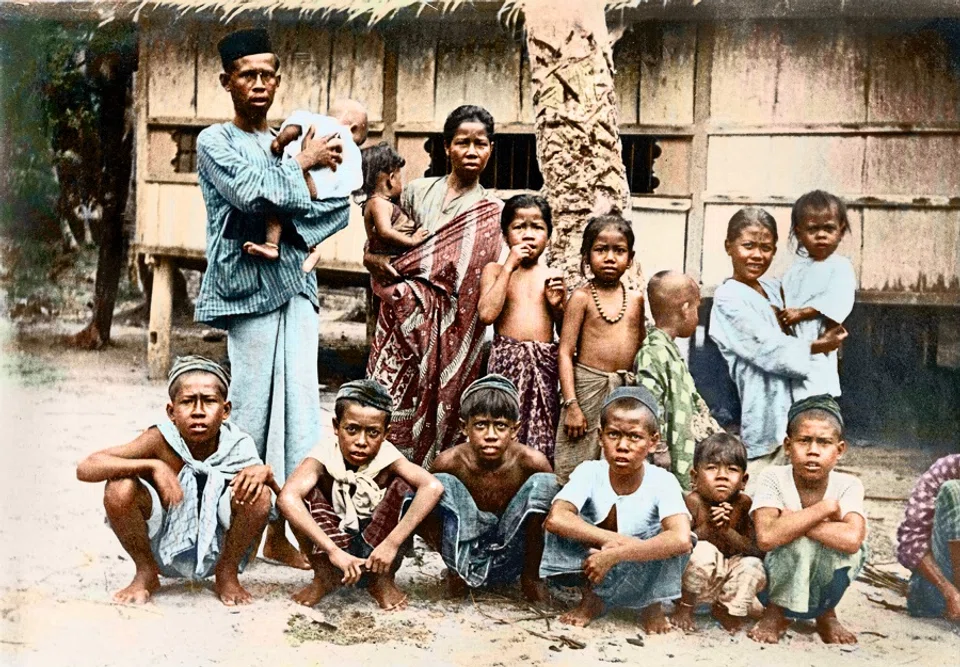
(All photos courtesy of Hsu Chung-mao.)
For me, collecting historical photos of Singapore is not just a hobby and interest, it is a passion in life.
I first started collecting old photos of Singapore over 20 years ago, and I never visited Singapore after that. But in the past couple of years, as circumstances would have it, I started to collect and collate historical images of Singapore again, and by chance I obtained a valuable book of old photos of Singapore. A fellow collector in Xiamen, Mr Xue, told me that he bought a book of old photos from an antique market in the US, featuring a coolie boat going from Xiamen to Singapore in the early 1900s. The photos were taken by the German boat owner.
A voyage from Xiamen to Singapore
He scanned some photos and sent them to me, and they were indeed valuable. They showed the Chinese coolies and supervisors on the boat, as well as the German owner and armed guards. We have read about these people, but this was the first time they were seen in photos. Photography used to be very expensive - photography studios mainly made money from portraits, family photos or travel souvenirs. Only a minority of wealthy people had photo albums to record their travels; even then, they took photos of themselves, friends and the places that they visited.



Basically, they would not have photos of significant historical value; that was practically another profession that called for a requisite budget and objectives, which would usually be the work of news agencies or national agencies. So, we can understand why many coolie boats went from Fujian and Guangdong to Singapore, but there are few records and historical photos. The reason is simple: there was no economic hook for taking such photos, and of course no demand to document personal travels and sights along the way.
A land so lush and verdant
From this perspective, this photo book is valuable beyond comparison. It documents the persons and happenings on coolie boats, as well as the buildings and surroundings when the coolie boats stopped at the mouth of the Kallang River many years ago. The boats did not just transport coolies, but also cargo, which was the shipping companies' way of multitasking.
So, the photographer was also documenting the people and geography of the Kallang River, including the huge godowns where goods were stored, Indian and Malay labourers, the multiracial families living in stilt houses made up of Westerners and Malay women, Catholic priests, ramshackle wooden houses for workers, mansions of Western landowners - all of these have been documented in words, but it is the first time they are presented so vividly before our eyes through these old photos that one cannot get enough of.


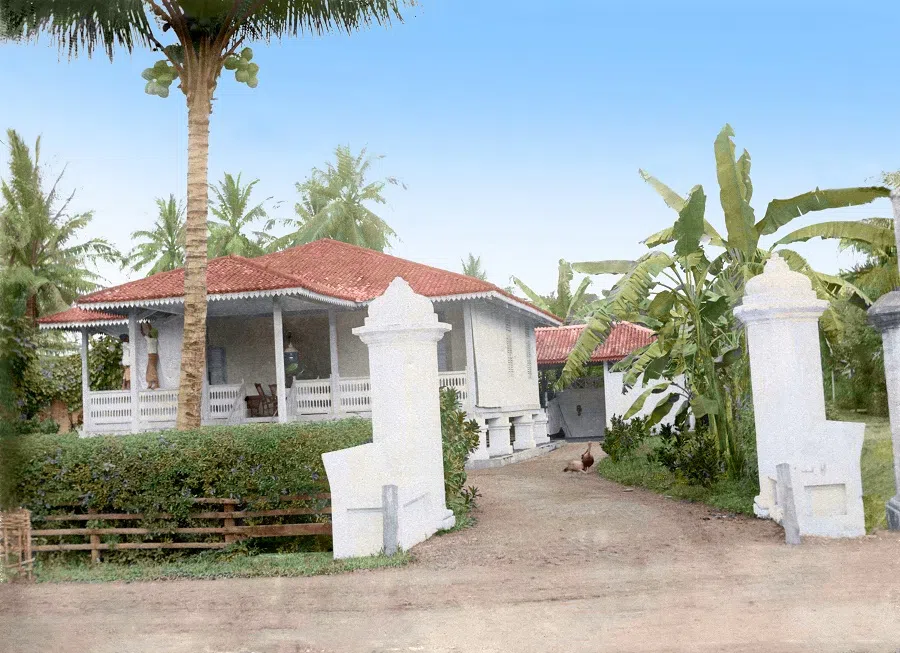
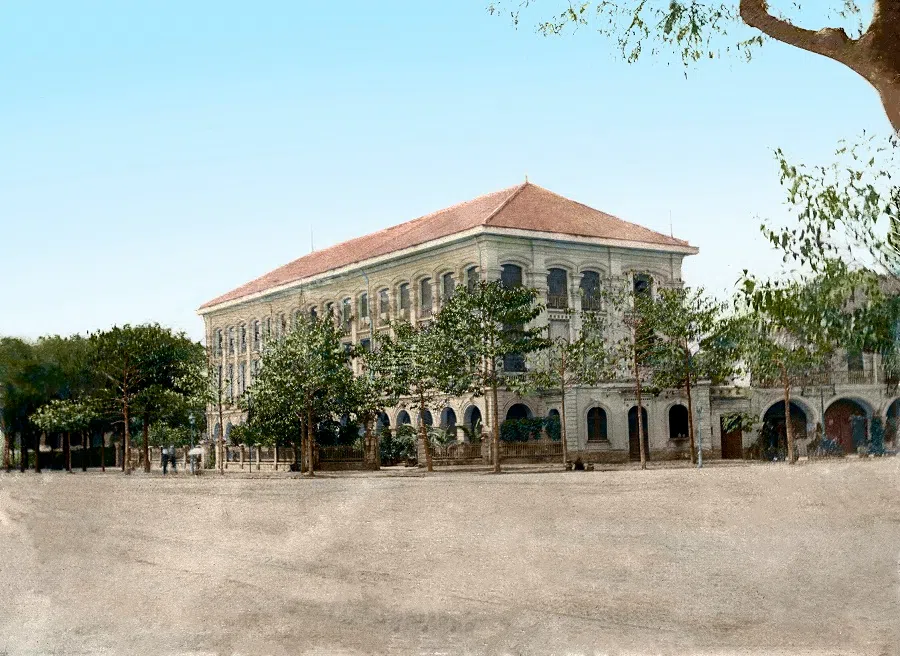
This is Singapore over a century ago; a step away from the bustling port and harbour in the city centre and the pretty British colonial buildings and streets, and there is a vast expanse of rainforest. There are few people and no roads or vehicles, only endless wild forest, green and verdant.
With today's digital technology, we can restore and colourise old photos, and Singapore's undeveloped interior of a century ago appears before us. Chinese writer Xu Zhimo stopped in Singapore during its early years and described its air, greenery and women as "too potent to be conquered" (《浓得化不开》lit. too thick to be melted, written in 1928). I think anyone who sees these photos would only love this land more, and marvel at the contributions and struggles of generations of people.



So, in this article, I share these moving old photos of Singapore. It is also my wish that this will contribute to the use of old photos of Singapore in media, publishing, exhibitions and educational promotion, bringing it to new heights and opening up Singapore's video and imaging culture.
Letting old photographs tell the story
At this point, let me briefly relate my experiences in collecting photos. In 1995, while I was with China Times in Taiwan, I edited a publication called Taiwan: 50 Years after WWII (《台湾:战后50年》). We adopted the approach of Japanese newspapers in using news photographs to systematically present the political, economic, social and educational changes in Taiwan over the 50 years since the end of World War II, blending objective and factual accounts with powerful and emotive old photographs.
As these images and stories reflected the Taiwanese people's personal journeys in all its ups and downs, readers responded very strongly. From then on, I became very interested in using old photographs to tell stories of the ages.





Furthermore, it takes a significant amount of money to publish a book of historical photos - buying good quality photos means it would cost more than usual to produce than an ordinary book. Most publishers would not be too willing to get involved, to avoid the risk of losing money; after all, publishing is a business.
But as Taiwan's economy was not bad at the time, the publishing industry was also thriving, so I managed to convince some Taiwanese publishers to invest in the book. As I gained more publishing experience, my collection of old photographs grew rapidly. To make the books exciting and captivating, I chose to buy original physical photographs. To begin with, I mainly sourced from Taipei and Tokyo.
Photo albums of Japanese soldiers
My trades in Tokyo were concentrated in the central Jinbocho area, where there were quite a few antique bookstores selling old photographs and shashincho (写真贴) or albums from before the war. As Japan once colonised Taiwan, North Korea and Manchuria, and occupied part of China and most of Southeast Asia during World War II, there are many photographs documenting this. Some are private photo albums of Japanese soldiers, which go beyond official propaganda and have historic value. Such photos are worth collecting and are resources that can be published, and naturally became my "targets". I purchased many old photographs of mainland China, Taiwan and Southeast Asia before and during the war.
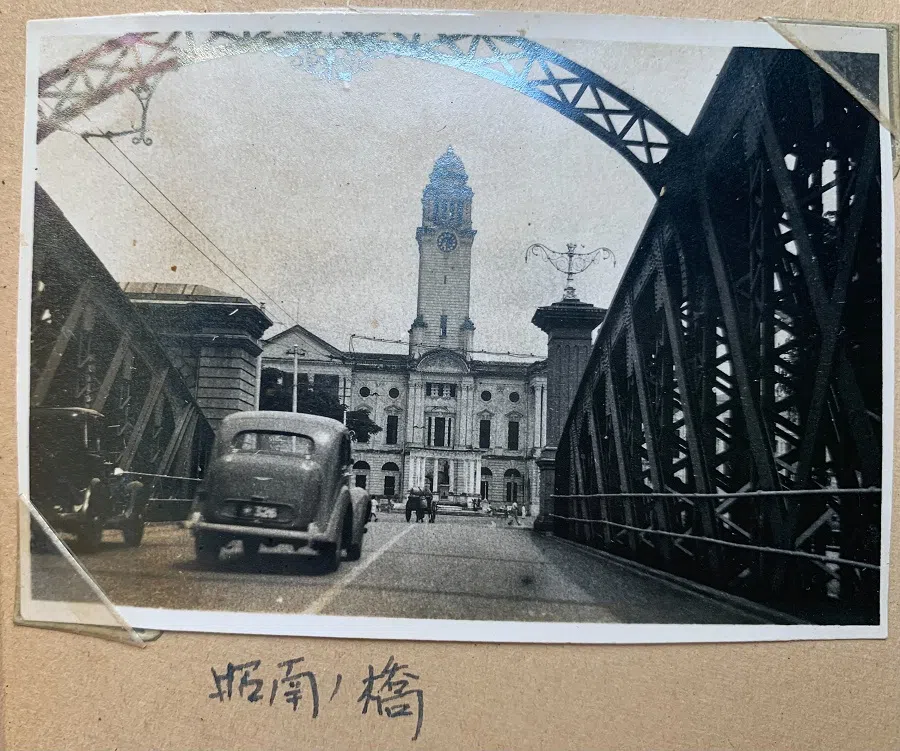



One example is this valuable photo book by a communications officer in the Japanese army who was first sent to the field in China. In early 1942, the Japanese army captured several places in Southeast Asia and he was subsequently deployed there, so the book contains photographs of him at Saigon in Vietnam, and street scenes of so-called Syonan-to - Singapore - just about a week after the Japanese army captured it, a factual record of a historical event.


For me, a private photo album like this one belongs to the highest category of old photograph collections. What follows next is to systematically and logically arrange them, and to share them publicly for the purposes of education.


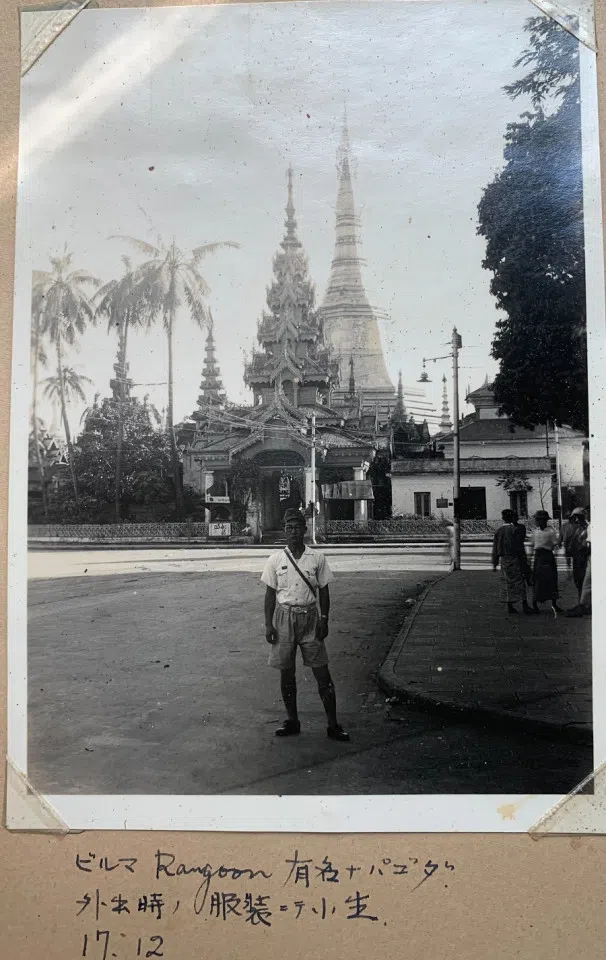





![[Big read] China’s 10 trillion RMB debt clean-up falls short](https://cassette.sphdigital.com.sg/image/thinkchina/d08cfc72b13782693c25f2fcbf886fa7673723efca260881e7086211b082e66c)